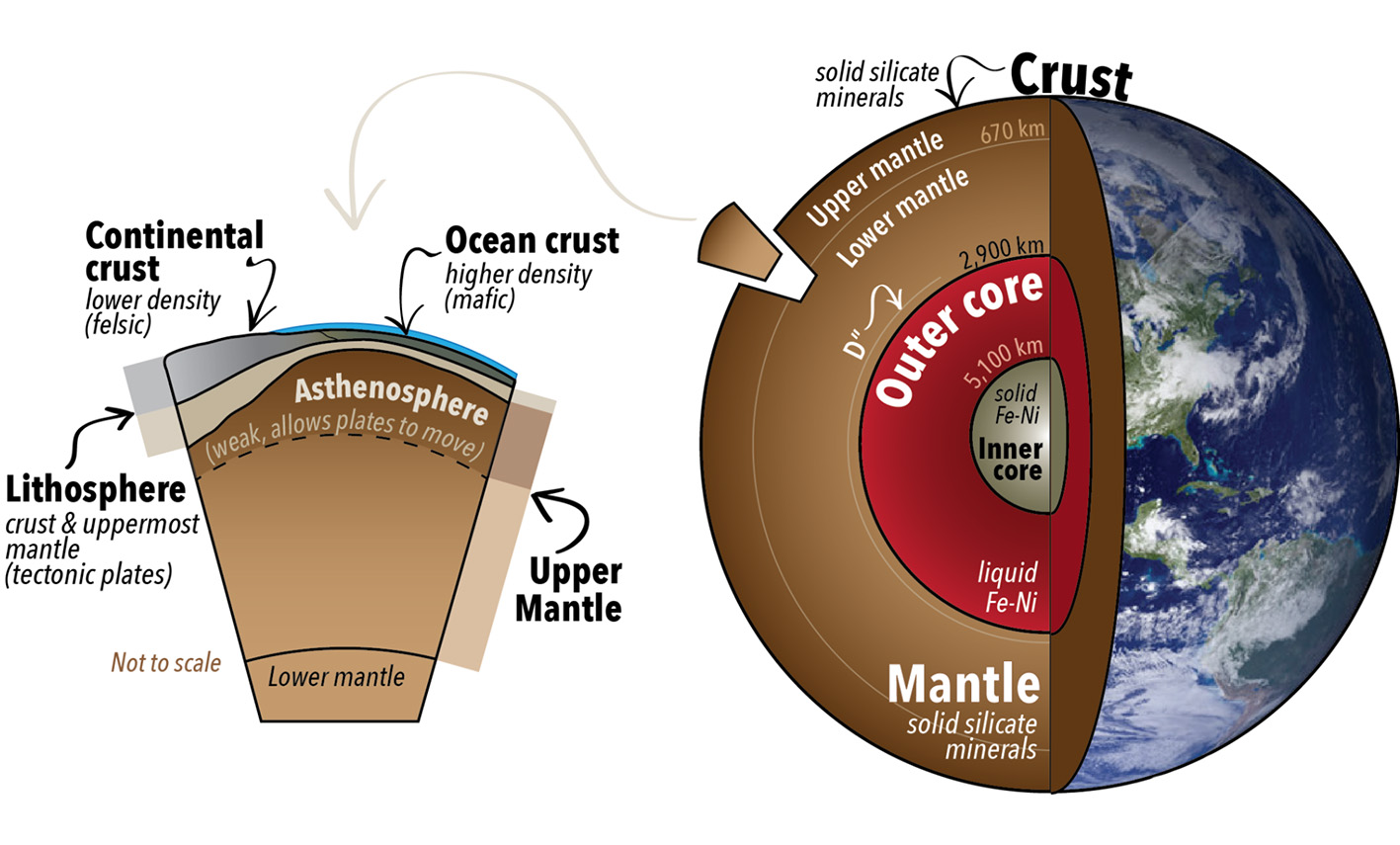Science & Technology
Katol Meteorite
- 12 Oct 2021
- 4 min read
Why in News
Recently, some researchers studied a meteorite from Katol, Maharashtra which was from the meteor shower of 2012.
- A meteorite is a solid piece of debris from an object, such as a comet, asteroid, or meteoroid, that originates in outer space and survives its passage through the atmosphere to reach the surface of a planet or moon.
Key Points
- Findings:
- Depth of Olivine:
- Initial studies revealed that the host rock was mainly composed of olivine, an olive-green mineral.
- Olivine is the most abundant phase in our Earth’s upper mantle.
- It was believed that we can reach the upper mantle if we drill for about 410 kilometers.
- However, by studying the composition of these meteorite fragments, researchers have unravelled the composition expected to be present in the Earth’s lower mantle which is at about 660 km deep.
- Formation of Bridgmanite:
- Various computational and experimental studies have shown that about 80% of the Earth’s lower mantle is made up of bridgmanite. By studying this meteorite sample, scientists can decode how bridgmanite crystallized during the final stages of our Earth’s formation.
- Bridgmanite is a magnesium-silicate mineral, MgSiO3, the most abundant mineral on earth.
- The mineral was named in 2014 after Prof. Percy W. Bridgman, recipient of the 1946 Nobel Prize in Physics.
- As the bridgmanite of the Katol meteorite sample closely matches with the bridgmanite on Earth.
- Various computational and experimental studies have shown that about 80% of the Earth’s lower mantle is made up of bridgmanite. By studying this meteorite sample, scientists can decode how bridgmanite crystallized during the final stages of our Earth’s formation.
- Depth of Olivine:
- Bridgmanite on Earth vs Meteorite:
- The bridgmanite in the meteorite was found to be formed at pressures of about 23 to 25 gigapascals generated by the shock event.
- The high temperature and pressure in our Earth’s interior have changed over billions of years causing crystallisation, melting, remelting of the different minerals before they reached their current state.
- Significance:
- Studying the meteorite could also tell us more about how our Earth evolved from being a magma ocean to a rocky planet and researchers can unearth more details about the formation of Earth.
- It is important to study these individual minerals to get a thorough idea of how and when the Earth’s layers formed.
- Scientists can also decode how bridgmanite crystallized during the final stages of our Earth’s formation.
Formation of Inner Planets (Earth)
- The inner planets or terrestrial planets or rocky planets Mercury, Venus, Earth, and Mars are formed by accretion or by rocky pieces coming together and forming a planet by increased pressure and high temperature caused by radioactive elements and gravitational forces.
- Earth was an ocean of magma before the elements crystallised and stabilised and the different layers such as core, mantle and crust were formed.





